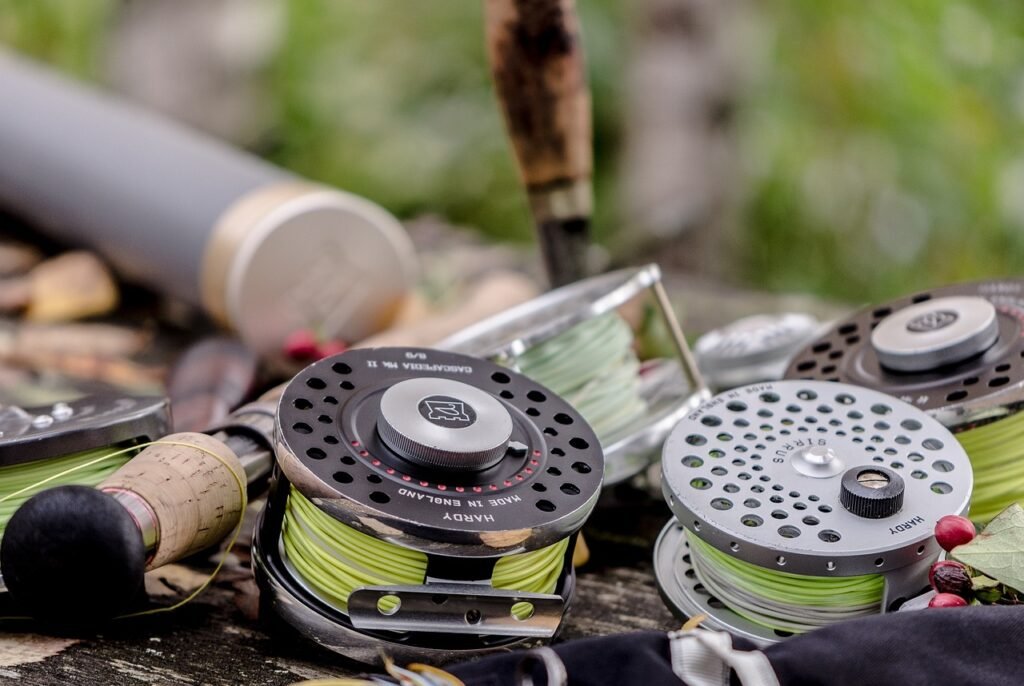Ice fishing is a thrilling winter activity. It combines patience, skill, and the right gear. Many anglers enjoy the quiet beauty of frozen lakes. However, beginners may find it intimidating. This guide breaks down everything needed to master ice fishing.
Table of Contents
- Understanding the Basics of Ice Fishing
- Choosing the Right Ice Fishing Gear
- Staying Safe on the Ice
- Finding the Best Ice Fishing Spots
- Drilling the Perfect Ice Fishing Hole
- Selecting the Best Bait and Lures
- Mastering Ice Fishing Techniques
- Using Electronics for Ice Fishing
- Staying Warm and Comfortable
- Handling and Cleaning the Catch
- Practicing Responsible Ice Fishing
Ice fishing involves catching fish through holes in frozen water. Anglers drill these holes using specialized tools. The sport requires different techniques than open-water fishing. Therefore, preparation is key. Safety should always come first.
Having the correct equipment makes a big difference. Basic ice fishing gear includes rods, reels, and lures. Additionally, an auger is necessary for drilling holes. Warm clothing and insulated boots are also essential. Without proper gear, the experience can be uncomfortable.
Ice thickness determines safety. At least four inches of solid ice is needed for walking. However, thicker ice is better for groups or vehicles. Anglers should always check conditions before heading out. Furthermore, carrying safety picks and a rope is wise.
Not all frozen waters are equal. Fish tend to gather near structures like weeds or drop-offs. Similarly, they move to deeper areas in mid-winter. Researching local lakes helps in finding hotspots. Consequently, anglers increase their chances of success.
The hole size depends on the target fish. A six to eight-inch diameter works for most species. Anglers should clear slush to prevent freezing. Moreover, positioning multiple holes improves opportunities. Moving between spots can lead to better catches.

Live bait like minnows or wax worms attracts fish. However, artificial lures also work well. Bright colors stand out in murky water. Therefore, experimenting with different options helps. Matching bait to the fish’s diet increases bites.
Jigging is a common ice fishing method. It involves moving the bait up and down. Alternatively, dead sticking works for less active fish. Anglers must stay patient and observant. Small adjustments often make a big difference.
Fish finders and underwater cameras are useful tools. They show where fish are located. Consequently, anglers avoid unproductive spots. However, beginners can still succeed without electronics. Experience matters more than high-tech gear.
Cold weather can ruin the fun. Layered clothing traps body heat. Hand warmers and heated shelters add comfort. Additionally, taking breaks indoors prevents frostbite. Staying warm ensures longer, more enjoyable trips.
Freshly caught fish should be kept cold. A cooler with ice preserves the meat. Cleaning fish on-site reduces mess later. Proper handling maintains quality. Furthermore, following local regulations ensures sustainability.
Respecting nature is important. Anglers should pack out all trash. Additionally, following catch limits protects fish populations. Leaving the area clean benefits everyone. Good ethics ensure future fishing opportunities.
By following these steps, anyone can master ice fishing. The sport offers great rewards for those willing to learn. With practice, even beginners can become experts.












Leave a comment